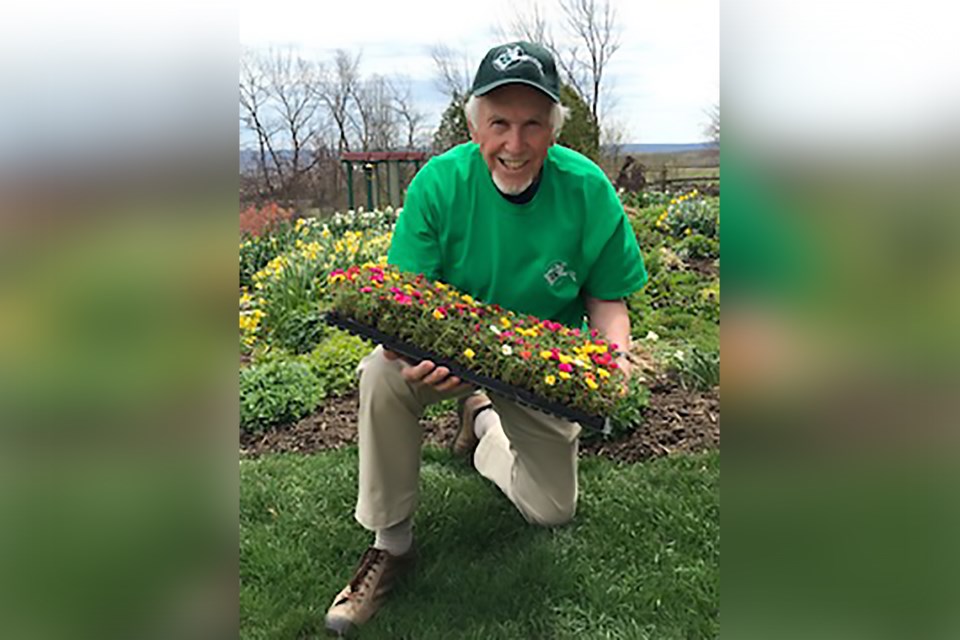Master gardener John Hethrington doesn't stop working on and thinking about his 20 different gardens. His advice for all gardeners is this: there's always work to be done. You can reach him at [email protected].
Here are his tips for November gardening tasks:
While we did have some rain in October, I would suggest a little last-minute deep watering for trees and shrubs before the frost.
Look for discounted bulbs on sale. Buy them and get them in the ground now. Your extra efforts will bloom in the spring.
Remove annual plants from the garden and from pots or other containers. Dump plants and the soil onto your compost pile. Clean pots thoroughly and store them.
There is an annual argument/discussion among gardeners as to whether you should cut back all your perennials, grasses etc., in the fall, or leave them long for “winter interest.” Up here, most perennials are covered by two-plus feet of snow, so you can’t see them anyway.
With no fall clean-up, spring clean-up can be daunting. It can be delayed by wet weather, a late spring, or there can be an instant summer. That’s why I am opting for a big fall clean up this year to get a jump on spring 2025. I’ll leave a few tall perennials with seeds for the birds, but suit yourself.
Dig up and bring in dahlia tubers, tuberous begonias and gladiola corms when the leaves turn yellow. Remove the soil and wash the tubers. Remove little cormlets from glad corms for more plants next year. Cure the tubers and corms for 2-3 weeks in warm dry place. Place in trays and cover with dry compost, peat moss, sand, or perlite. Store at +/- 5 Celsius in a cold cellar, or a slightly heated garage.
Try potting up some spring bulbs like amaryllis and paperwhite narcissus and force them into bloom for Christmas and/or for late winter indoor colour. Different bulbs will require various lengths of cold storage in your refrigerator or cold cellar to flower, so read the product packaging carefully.
Complete winterization procedures for plants and containers; drain hoses and clean all other garden equipment. To be a perfect gardener, sharpen your tools and put linseed oil on wood handles. Or paint the handles of small hand tools red, so you won’t lose them in the garden next spring.
Protect young trees and shrubs from rodents by using wire collars or plastic protectors.
Hill up your Hybrid Tea and Floribunda roses with 10+ inches of compost covering the stems, or use a metal or plastic “rose collar” and fill it with compost before the ground freezes.
Create one or more winter/Christmas urns using a variety of evergreen branches. Find branches with colourful berries, add red dogwood stems and dried hydrangea blossoms for a wonderful Christmas display.
Check mulch levels in gardens. Pull mulch back three to six inches from around shrub and tree trunks to discourage rodents. Add more compost or leaves to beds if you have them. It provides winter homes for pollinators and other insects.
Order seed catalogues for next spring.
I usually recommend that you stock up on Triple-19 fertilizer now, so it is ready to put on your flower beds in March, right after the snow has melted.



